First things first, what is an Arctic safari?
We’ve all heard of African safaris, and hearing that phrase conjures romantic images of sweeping plains, herds of wildebeest and zebra, game drives in open air vehicles and wildlife lovers clad in shades of beige and khaki.
An Arctic safari is an entirely different endeavour.
Instead of sweeping plains, you’ll see swaths of boreal forest, endless tundra and Arctic ocean. Instead of jeep safaris, you’ll head out on foot in search of polar bears. And instead of lightweight clothing, you’ll be dressed in layers to prepare you for the ever-changing coastal weather — shades of beige and khaki are optional.
It’s important to keep in mind that polar bears are very solitary creatures. They don’t travel in groups, so you won’t see large numbers of them at a time, as you would with certain African species. There are roughly 900 bears in the Western Hudson Bay population, but they tend to spend a lot of their days bedded down to conserve energy.
You’ll cover a lot of ground on your daily treks, averaging five to 10 kilometres a day, so the chances of spotting these magnificent white bears is good, but not guaranteed. What is guaranteed is that our guides and staff will do everything they can to give you the experience of seeing a wild polar bear.
The great white bears are the main event, but there is so much more to an Arctic safari than that. You could encounter all kinds of wildlife including foxes, wolves, black bears, and moose. You might spot the northern lights, or beluga whales!
You’ll be a plane ride away from civilization, away from the ordinary, surrounded by the extraordinary and the silence of the tundra (a welcome sound all on its own!) provides the perfect backdrop to take in all the sounds of nature that so often get drowned out. Here are the top five sounds to listen for as you’re trekking the tundra on an Arctic safari at one of our rustic-luxurious ecolodges.
1. Beluga Chatter
Belugas are called the ‘canaries of the sea’, a perfect moniker for these friendly and musical whales. While out on a Zodiac boat tour from Seal River Heritage Lodge, ask your guide to throw a hydrophone in the water and wait for the chirps and squeaks these curious creatures use to communicate and navigate their way to you.
According to BBC Earth, belugas “speak” through nasal sacs near their blowhole, a way of using their noses to talk since they don’t have vocal cords. They can also target their sounds in specific directions by wiggling their melon, which is the fatty deposit located between a beluga’s blowhole and snout on its forehead.
2. Wolf Howls
Out the front windows of Nanuk Polar Bear Lodge, you’ll see the Arctic Ocean and perhaps a polar bear strolling down the runway. However, when you walk out the back door of the lodge, you’ll see the boreal forest, home to moose, black bears, wolves and more.
Sometimes we get lucky and spot a pack of wolves while out on excursions, though it’s more likely we’ll hear their haunting calls. Wolves use howling to rally the pack, locate another, defend their kill sites and sometimes just for fun.
One of my most magical memories is crawling into bed after watching the northern lights at Nanuk and hearing a pack of wolves howling outside my bedroom window.
3. Crackling Northern Lights
Some people hear a crackling sound as they watch the northern lights, others hear muffled bangs. After a tundra-inspired meal, head out onto the deck at Dymond Lake Ecolodge with a glass of wine and wait for the lights to start sparking and dancing across the sky in hues of green, blue, purple and sometimes red. The term aurora borealis means ‘dawn of the north’, a beautiful way to think of this colourful phenomenon.
4. Bird Songs
Located in the path of the Mississippi Flyway, Churchill Wild’s ecolodges are ideal for birdwatching in the summer and early fall. Hear the honks of migrating geese filling the sky, the clucking of a ptarmigan, the scuttling of plovers across the mud flats, and the chirps of chickadees.
Approximately 150 bird species have been documented at our lodges, so keep your eyes peeled for these petite northern residents while you’re exploring the tundra.
5. Gasps, “oohs” and “ahhs”
When you’re walking along the shores of Hudson Bay searching and a ripple of silence moves through the group, followed by a chorus of muted gasps, it’s a safe bet that your guide has spotted a polar bear.
No matter how many times your guides tell you the importance of being calm and quiet during a wildlife encounter, it can be very difficult to remember this when you come face-to-face with the world’s largest land carnivore. It’s just so exciting!
If it’s your first polar bear sighting, take a moment before raising your camera. Stand shoulder-to-shoulder with your fellow travellers, inhale deeply, and just revel in the awe of the moment.
It’s one you will never forget.



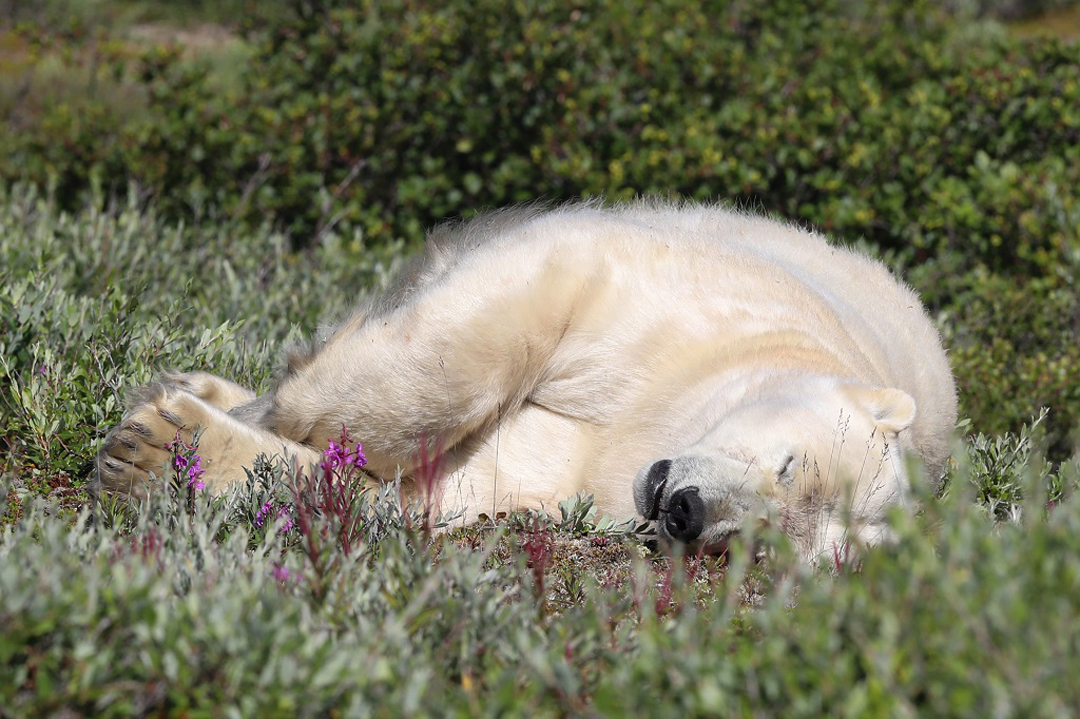
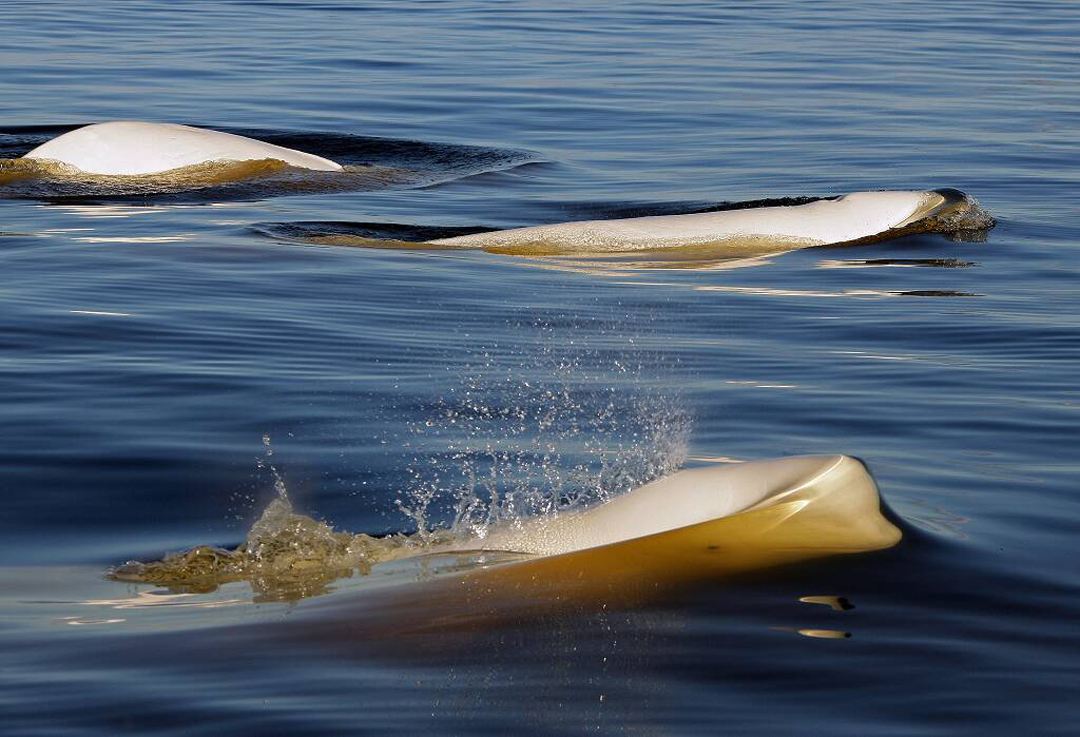
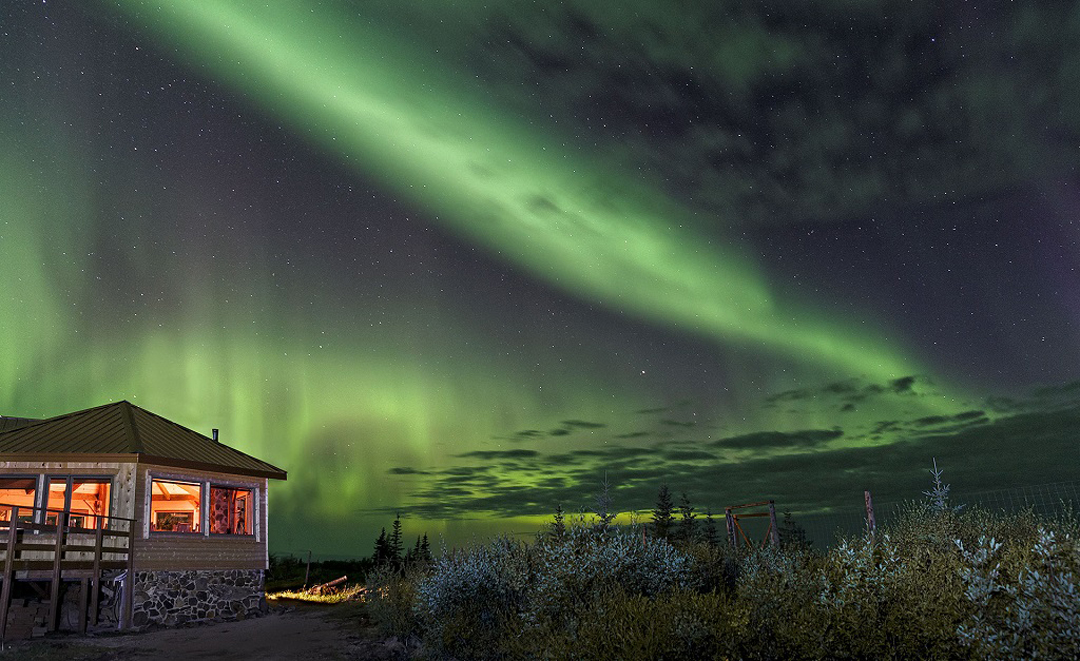
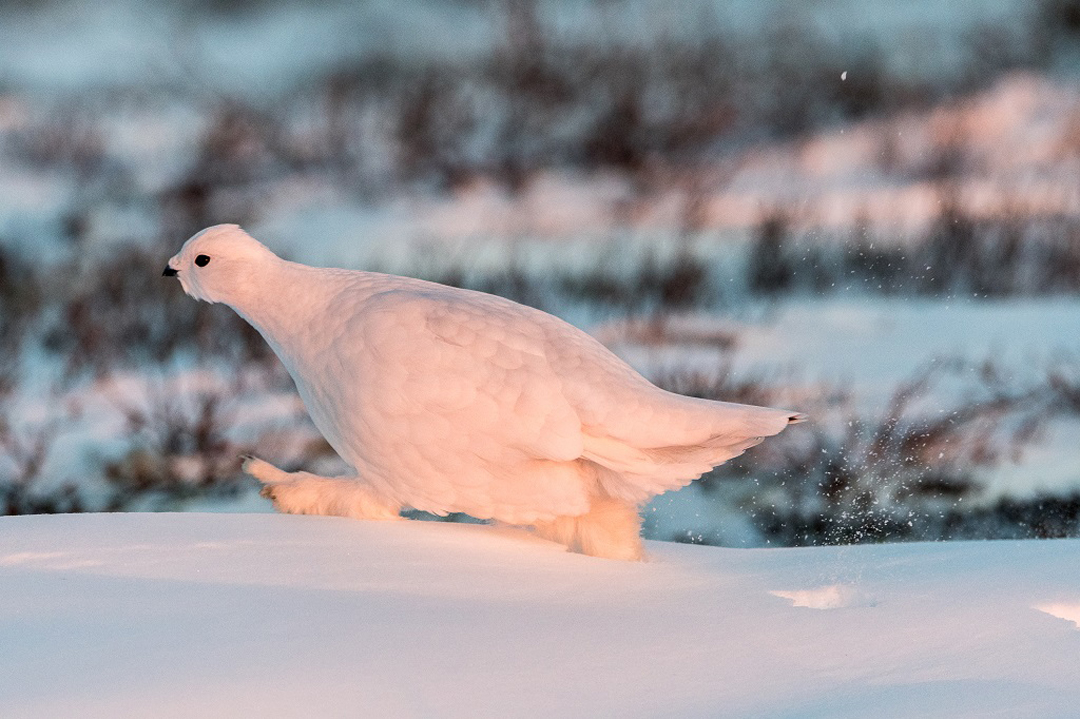
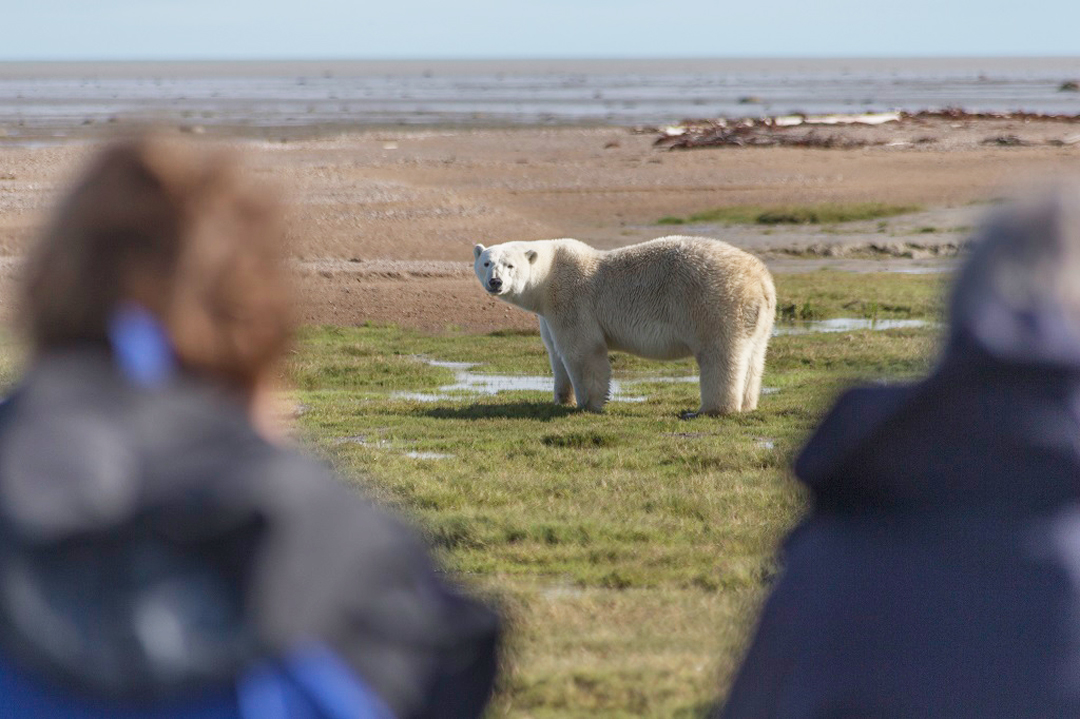






This was a wonderful read, I could close my eyes and be back up there…I’ll never forget when Terry took us out at Seal River and we sat down and howled for wolves–and they howled back! I hope you do a piece on the smells down the road. Guide Andy introduced me to the Labrador Tea plant. Now whenever I catch a whiff of eucalyptusy-aroma, I’m instantly back in the Arctic.
Thanks Jad! And for the memories 🙂 Andy and Terry will appreciate your comments.
We can hear the wolves howling and smell the tea brewing already!
Fascinating! I doubt I’ll ever be able to afford such a trip as has been described. However, my father often spoke of his time at Hudson Bay when he was in his late twenties. Some kind of job, can’t remember who he worked for. But he loved the hard work and the hearty food! He said that only one polar bear was spotted. I’ve been looking through all his pictures as I remember he had one of a clergy, a small book. Pics of local people and sleds dogs. He passed away last September 1st at the age of 101 and 1/2! He was at Hudson Bay around 1941/1942.
It was a job that was supposed to last several months but I think only lasted maybe 6 weeks. He mentioned about a train too. Maybe to get to Hudson Bay. Any info you might have about this, would sure appreciate the history. His name was Charles Schichrel. Went by Lee.
God Bless
Peace
Lee Ann Post (Schichrel)
.
What a great story Lee! Thanks for sharing!
We found a link at ArcticGateway.com that goes to the Wonders of World Engineering site, which has a feature on the development of the railway line to Churchill. Fascinating read! Here’s the link: https://wondersofworldengineering.com/hudson_bay.html
Thanks again for taking the time to visit us and comment!
Enjoy the read!